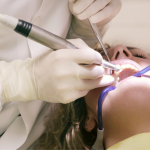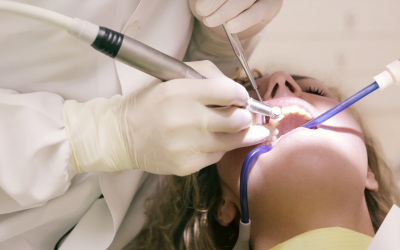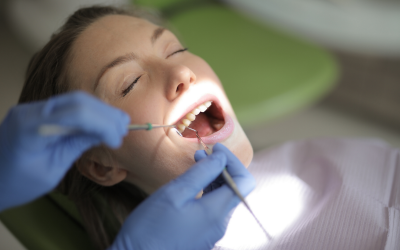
In the following sections of this Buzzle article, we will highlight the main causes of this pain and explain how to deal with the same.
Ghost Pain
Even though pain is said to be an undesirable root canal complication, some patients may complain of pain which may not really exist. Often, after a root canal procedure, a patient may mistake sensitivity for pain. Sensitivity may occur either due to the material used, or the tooth involved, but there shouldn’t be any pain. Thus, it is important to distinguish whether the person is experiencing sensitivity and tingling in the tooth, or actual pain after root a canal.
Crown Impingement
In most cases, post a root canal treatment, if the tooth has been significantly decayed, with less than two walls intact, then a crown is fitted over the tooth. The pain may be experienced if the crown on the tooth is loose fitting, in which case, it presents a leeway for the entry of food particles, which subsequently becomes a breeding ground for bacteria, or the crown may be too tight, in which case, it may impinge on the gums, causing gum irritation, inflammation, swelling, and pain.
Faulty Diagnosis
A root canal treatment is often the last resort that most dentists undertake while trying to save the tooth, because the fact is that even the best artificial tooth will never come close to a natural, decayed tooth. However, there are certain cases that are sometimes misdiagnosed, or treated with this form of treatment as the final effort to save the tooth, this itself may lead to complications. These include cases that have combined periodontic-endodontic lesions, and other cases where the tooth pain may actually be due to a periodontal disease, which obviously does not stop pain from occurring.
Pre-existing Infection
In some cases, the dentist may fail to diagnose that the infection has spread to the bone. This is likely to happen in the initial stages, where the infection may not be visible in the X-ray. Also, if there is a periapical abscess that is present, then, after the first step of root canal procedure has been completed, the dentist should wait till the entire abscess is drained before proceeding. This is necessary because if the infection in the abscess is left untreated, it may aggravate and cause pain due to progressive bacterial multiplication. In some cases, the person may be immunocompromised― like, if the person is suffering from diabetes, or any other disease, then he is at a higher risk of suffering from pain post the root canal treatment.
Hyperocclusion
Sometimes, the patient may experience pain only on biting or occluding the tooth on which the root canal treatment has been done. This may occur if the dentist does not grind the surface of the tooth, due to which the tooth will still be in occlusion. This can not only lead to pain during and after the root canal treatment, but the prognosis for such a tooth is also very poor. Furthermore, this problem may eventually lead to temporomandibular joint disorders.
Faulty Root Canal Treatment
Sometimes, teeth are very curved at the root, so it may be difficult to access the root completely. Due to this, at times, that side of the root gets perforated by the instrument, which becomes an entry portal for bacteria. Furthermore, the dentist may, at times, miss out on an extra canal in an abnormal tooth, or fill the canal partially, causing gas pressure and pain, or leading to fracturing the root, or use material that causes a hypersensitivity reaction. All this may lead to problems like pain and swelling post treatment. Sometimes, when the instrument enters the canal, it may inadvertently push the infection further deeper into the apex, causing pain. The biggest nightmare though, for both dentist and patient, is when an instrument breaks in the canal. The tip of the instrument, especially if it is a curved canal, sometimes breaks off, which makes its retrieval difficult. In such cases, the instrument is removed either via the opening of the canal, or by taking an apical root by a procedure known as apicoectomy.
Prevention of Root Canal Pain
- After the root canal procedure, give the tooth some time to recuperate, because of the drilling that it has gone through, it will take some time to recover from it. Furthermore, try and identify if the pain is indeed pain and not merely sensitivity.
- For patients who are susceptible to infections or already have a pre-existing infection, it is advised that they carry through with the procedure under an antibiotic cover to be on the safe side, as well as to provide the patient with some pain relief.
- Ensure that the crown is of proper fit when it is placed. If it impinges or causes even a little bit of discomfort, inform the dentist.
- Follow all the post root canal treatment instructions and other dental care instructions diligently. This will ensure fast and correct recovery.
After a root canal procedure, the patient may feel slight tingling and sensitivity. To prevent all the complications that may arise, the dentist should chalk out a detailed treatment plan, keeping the possible risks of the procedure in mind.

























